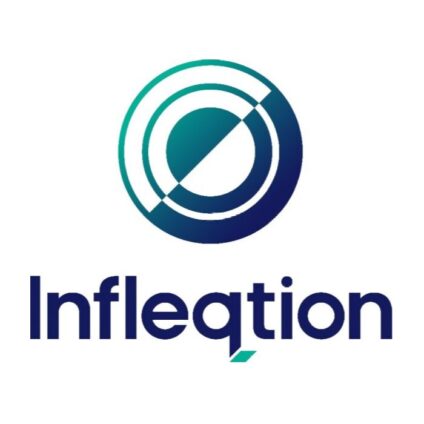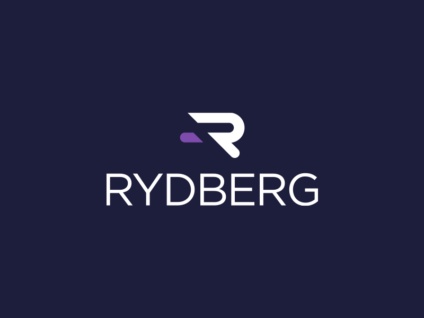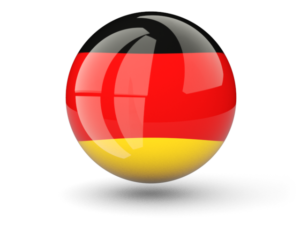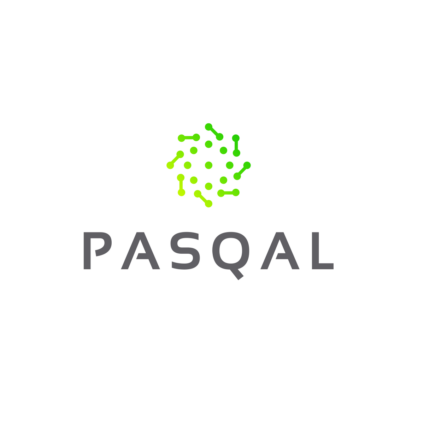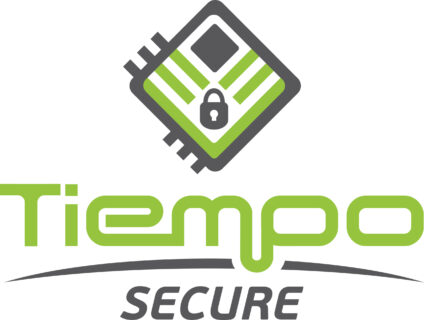
Quantum Contender? LightSolver’s Laser-Powered Computing Redefines Enterprise Optimization
LightSolver, a leader in laser-based computing, has introduced the LPU100 system, a significant advancement in high-performance computing. With its 100-laser array, the LPU100 tackles optimization problems with unmatched efficiency, rivaling quantum and supercomputers in processing speed. Accessible through a new cloud platform, this technology offers enterprises across industries the ability to solve complex challenges with up to 1M variables in real-time.


